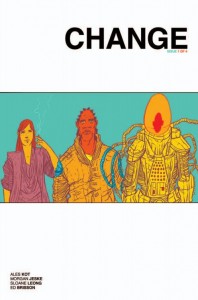 As I’m writing this, I’m watching a TiVo recording of Lucky Number Slevin I recently got off of AMC, based on a years-old recommendation of the flick by my parents. By the time they saw it and told me that they thought I would like it, it had already vacated movie theaters, and since it came out in 2006, by the time it came out on video the local Blockbuster had vacated my town, and by the time I lived in a place with HBO, HBO had already washed its hands of it. Which means that this is the first chance I’ve had to see the movie, and which further means that I should have learned by now that I should never take movie recommendations from the two people who once advised that my life would change if only I would watch Jennifer 8.
As I’m writing this, I’m watching a TiVo recording of Lucky Number Slevin I recently got off of AMC, based on a years-old recommendation of the flick by my parents. By the time they saw it and told me that they thought I would like it, it had already vacated movie theaters, and since it came out in 2006, by the time it came out on video the local Blockbuster had vacated my town, and by the time I lived in a place with HBO, HBO had already washed its hands of it. Which means that this is the first chance I’ve had to see the movie, and which further means that I should have learned by now that I should never take movie recommendations from the two people who once advised that my life would change if only I would watch Jennifer 8.
I am about 45 minutes into this movie, and I have no idea what it is about. There is Bruce Willis and Lucy Liu and Josh Hartnett and Morgan Freeman and Ben Kingsley and a bunch of other people who should have fucking known better, and Hartnett’s in a rotten sweater vest when he’s not in a towel, and there are two mob bosses and a fistful of hired goons and Willis is playing Hartnett from Sin City, but all I know is that, no matter what the writer originally intended, all I see is a story that wishes it was written by Quentin Tarantino when it grows up. From the stilted, stylized dialogue to the violence for the sake of violence to the long, talky sequences, this is a Tarantino knockoff, ten long years after the last Tarantino wanna-be was escorted off the cinema scene by shitty box office returns.
What gives it away is the dialogue. It uses big words when no normal person would. It puts simulated poetry in the mouths of people who, in the real world, would say, “I had an idear,” or perhaps refer to women without breast implants as “grenades.” These characters are not real people living in a real place; they are obvious puppets, being operated from behind the curtain by a writer in love with an old genre and enamored with the sound of their own voice. It is distracting, and it diminishes whatever effect the author might have hoped the story might have.Everything that happens in Lucky Number Slevin happens because of an unlikely, writer-invented coincidence.
A coincidence such as the fact that I read Change at the same time this movie was on.
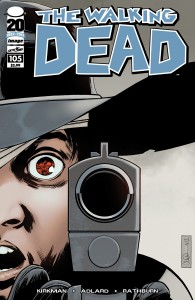
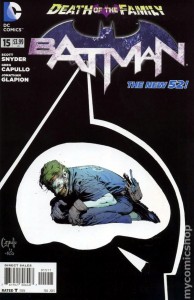
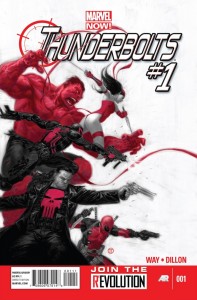
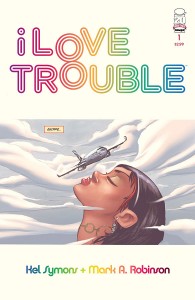
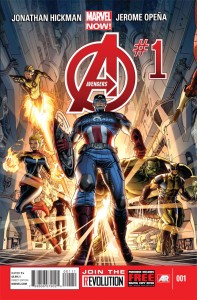
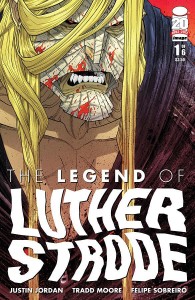
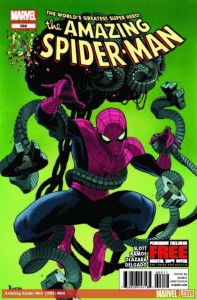
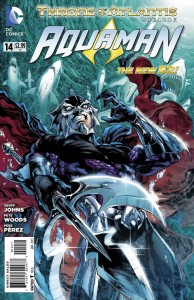
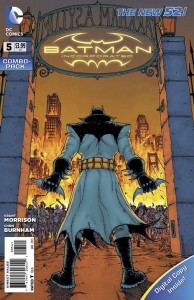
 Podcast RSS Feed
Podcast RSS Feed iTunes
iTunes Google Play
Google Play Stitcher
Stitcher TuneIn Radio
TuneIn Radio Android
Android Miro Media Player
Miro Media Player Comics Podcast Network
Comics Podcast Network